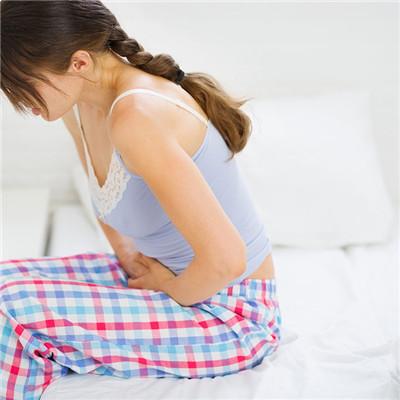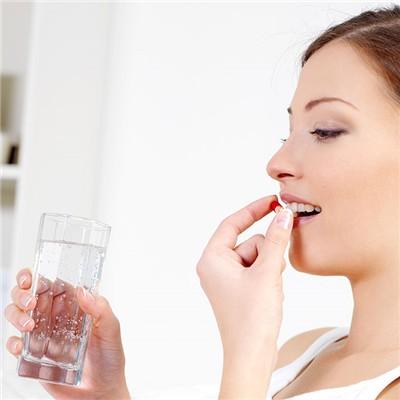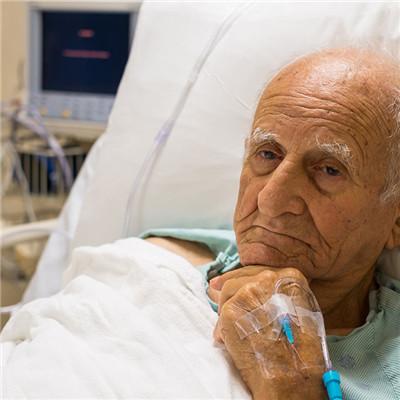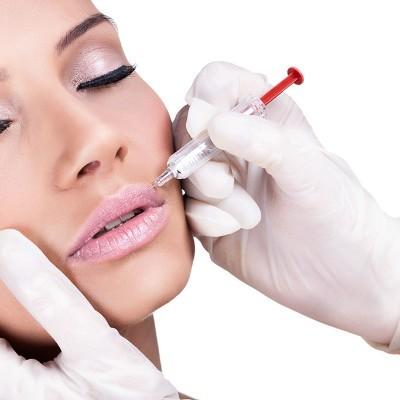Is brown spot chloasma?
summary
Chloasma. Clinical manifestations are more common in women, especially in women of childbearing age, but also in men. The lesions usually distribute symmetrically on the face, mainly in the zygomatic region, buccal region, nose, forehead and chin, and generally do not involve the eyelids and oral mucosa. It is characterized by light brown to dark brown pigmented spots with clear edge or diffuse, no local inflammation and scale, and no conscious symptoms. The pigment can change slightly with endocrine changes, sun exposure and other factors. Some patients can fade slowly after childbirth or after stopping taking contraceptives. However, the course of disease of most patients is difficult to determine and can last for months or years. So is brown spot chloasma?
Is brown spot chloasma?
When some brown spots appear on people's body, this kind of symptom has a lot to do with skin pigmentation. We should pay attention to usual nursing, try not to eat more spicy and greasy food, including physical therapy. In this aspect, we need to find out the cause, and pay attention to adjusting work and rest in life. Regular rest can prevent plaque aggravation.

Melasma, also known as liver spot, is the yellowish brown pigmentation on the face. Most of them are symmetrical and butterfly shaped. The main reason is the high level of estrogen in blood, which is related to pregnancy, long-term oral contraceptives and menstrual disorder.
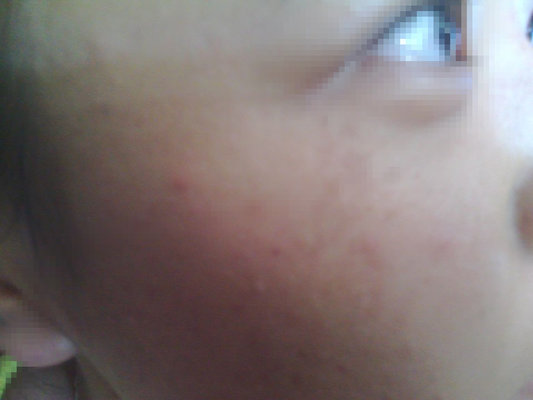
Melasma is more common in women, and the high level of estrogen in blood is the main reason. The onset of the disease is related to pregnancy, long-term oral contraceptives, menstrual disorders. Also seen in some female reproductive system diseases, tuberculosis, cancer, chronic alcoholism, liver disease and other patients. Sunlight can promote the onset of the disease. Male patients account for about 10%, some studies believe that male disease is related to heredity.

matters needing attention
Regardless of whether it is chloasma or brown spot, the sun has a certain relationship with the onset or aggravation of the disease, so you should pay attention to sun protection. When you go out, you can apply cream containing light repellent (such as 5% titanium dioxide cream, 5% salicylic acid benzoic acid ointment) or support sunshade, etc. Pay attention to rest and avoid staying up late.




